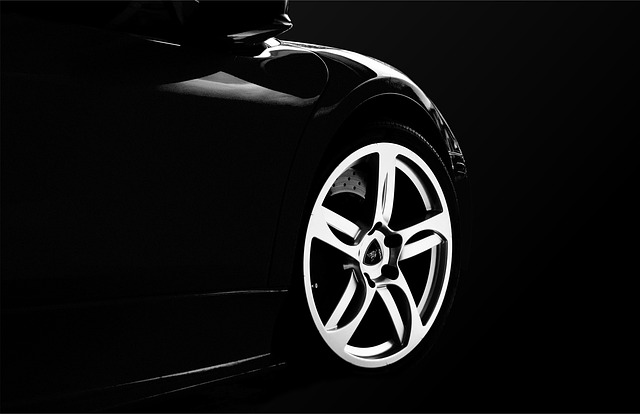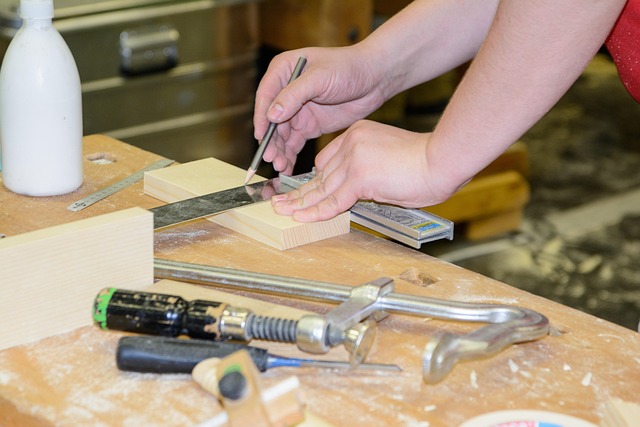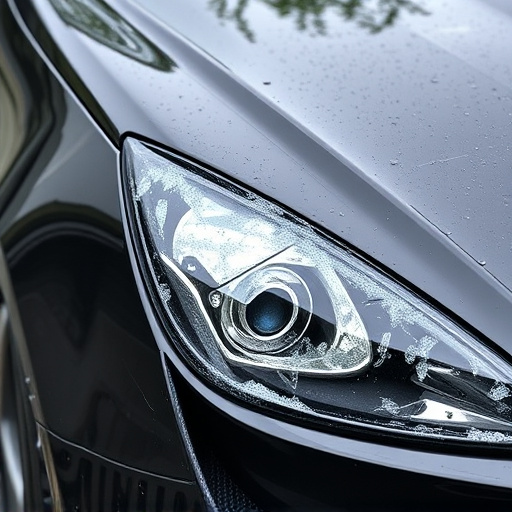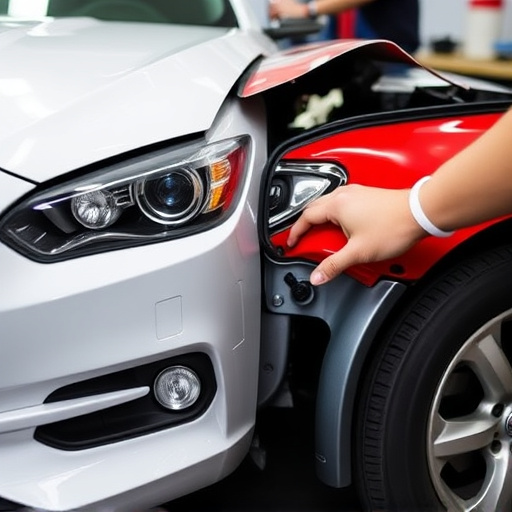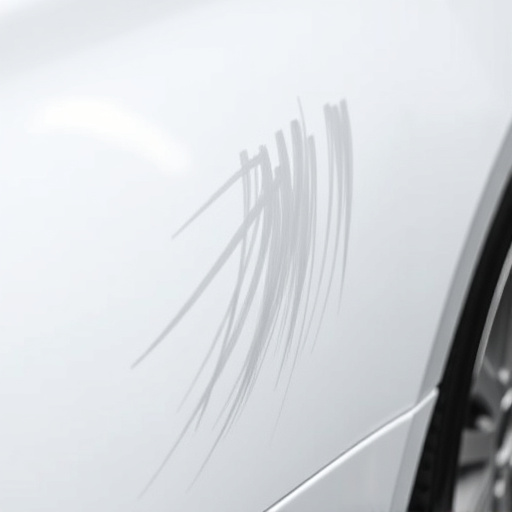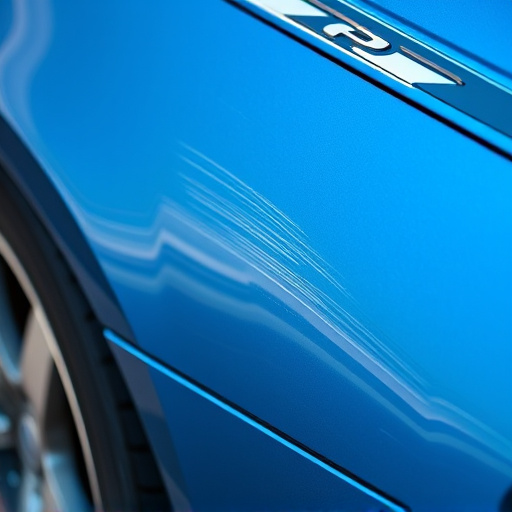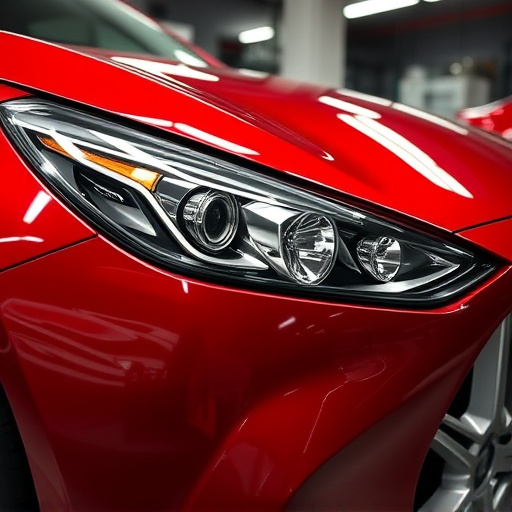Structural integrity restoration is crucial after collisions, with skilled technicians using advanced tools and eco-friendly techniques to assess and repair vehicles. Meticulous inspections detect subtle damage, ensuring safety and aesthetic appeal. Repurposing materials reduces costs and waste while maintaining quality and extending vehicle lifespans. Comprehensive repairs prevent future failure points, providing peace of mind for car owners.
Post-collision structural integrity restoration is a meticulous process that demands precision and expertise. This article delves into best practices aimed at ensuring safe and durable repairs, focusing on three key areas: assessing damage, repurposing materials, and longevity. By implementing these strategies, professionals can navigate the complexities of collision restoration, prioritizing both structural soundness and cost-effectiveness. Discover proven techniques to restore vehicles to their pre-accident condition while maintaining superior safety standards.
- Assessing Damage: Initial Steps for Structural Integrity Restoration
- Repurposing Materials: Efficient Strategies for Repair and Reinforcement
- Longevity and Safety: Ensuring Restored Structure's Durability and Stability
Assessing Damage: Initial Steps for Structural Integrity Restoration
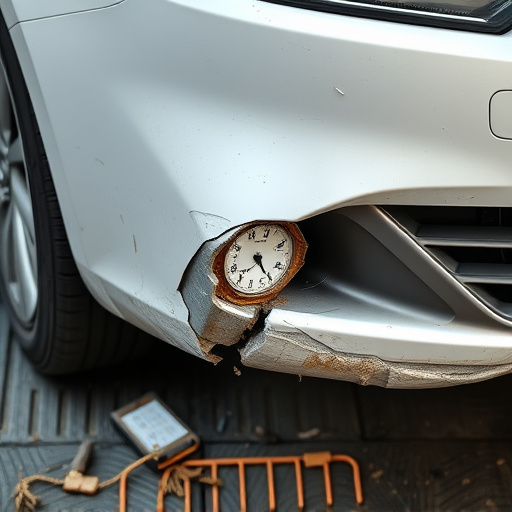
After a post-collision incident, assessing the structural integrity of a vehicle is the first crucial step in the restoration process. This initial evaluation involves a thorough inspection of the car’s frame, body panels, and overall structure to identify any damage or deformation. Skilled technicians at an auto collision center will employ advanced tools and methods to detect even subtle shifts or misalignments that could compromise the structural integrity of the vehicle.
During this phase, they’ll closely examine the car bodywork for dents, cracks, and other visible signs of damage. More sophisticated techniques like laser measurement systems or computer-aided detection (CAD) software may be utilized to pinpoint exact locations of impact and degree of deformation in the frame. This meticulous assessment lays the foundation for implementing effective repair strategies, ensuring that the vehicle not only looks like new but also maintains its structural integrity and safety standards after the repair process, be it a minor scratch repair or significant car bodywork restoration.
Repurposing Materials: Efficient Strategies for Repair and Reinforcement

In the realm of structural integrity restoration, repurposing materials plays a pivotal role in efficient repair and reinforcement processes. This involves creatively utilizing existing components from the damaged vehicle to mitigate costs and reduce waste. For instance, car repair services often employ automotive body work techniques where shattered panels are meticulously reforged or replaced with recycled alternatives, ensuring both functionality and aesthetic harmony. Such strategies not only enhance the structural integrity of vehicles but also align with eco-conscious principles, making them a sustainable choice in the auto industry.
Moreover, repurposing materials offers economic benefits for car repair services and vehicle restoration specialists. By salvaging and refurbishing parts, they can offer cost-effective solutions to customers without compromising quality. This approach is particularly valuable in cases where original equipment manufacturer (OEM) parts are scarce or expensive. Repurposed materials also contribute to the longevity of vehicles, delaying the need for complete replacements, thereby fostering a culture of sustainability within the automotive sector and promoting a greener future for structural integrity restoration.
Longevity and Safety: Ensuring Restored Structure's Durability and Stability
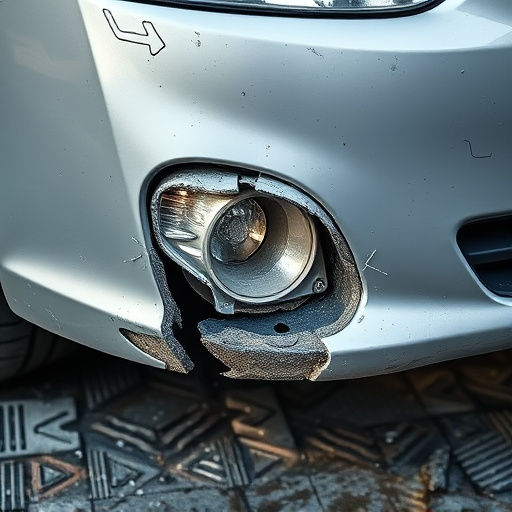
When undertaking post-collision structural integrity restoration, one of the paramount considerations is ensuring longevity and safety. The restored structure must be as robust and stable as it was prior to the collision, if not more so. This involves meticulous inspection, accurate repairs, and adherence to best practices in auto body services. Skilled technicians employ advanced techniques and high-quality materials to strengthen weak points and restore structural integrity, ensuring the vehicle can withstand future stresses and maintain optimal safety standards.
Longevity is guaranteed through comprehensive assessments that identify hidden damage and precise repair methods tailored to each unique scenario. In car collision repair, it’s not just about fixing visible dents; it’s about achieving seamless fusion of all components to prevent future failure points. By prioritizing structural integrity restoration, vehicle owners can enjoy enhanced peace of mind, knowing their ride is secure and reliable on the road for years to come.
In the realm of post-collision structural integrity restoration, a multi-faceted approach is key. By expertly navigating through damage assessment, repurposing materials for efficient repairs and reinforcement, and prioritizing longevity and safety, professionals can restore structures to their former strength and stability. These best practices ensure that restored buildings not only endure but also uphold vital safety standards, showcasing the importance of comprehensive structural integrity restoration in today’s world.


